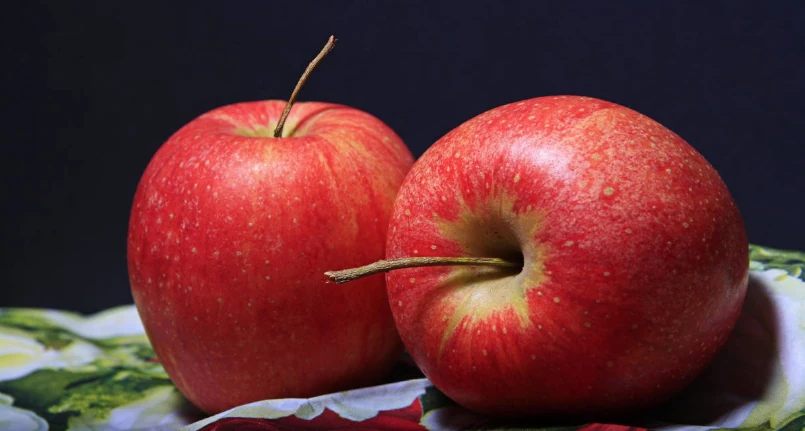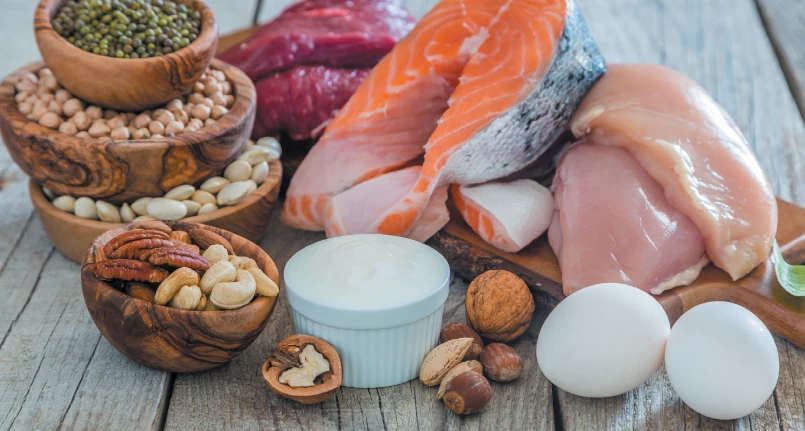Introduction
Soy ( Glycine max ) is a bushy plant, belonging to the Fabaceae or Leguminosae family . Soybean pods are consumed, which contain up to 5 seeds each; it is a traditional food of the Far East (Asia), where it is of primary importance in the collective diet. Tofu , miso , vegetable milk , oil , etc. are obtained from soy ; it also constitutes many other foods included in the diet of the “rising sun” and it seems that, thanks to its nutrients
, is able to fight excess cholesterol .
Why Does It Reduce Cholesterol ?
Why Soy Can Lower Cholesterol ?
Soy is a legume with excellent properties; most of its nutritional components (some more and some less) have a notable cholesterol-lowering effect ; for this reason it represents a recommended food in nutritional therapy aimed at combating this form of dyslipidemia .
The nutrients in soy that fight excess cholesterol are: proteins , polyunsaturated lipids , phospholipids , dietary fiber and phytosterols .
Protein
Soy Protein Against Cholesterol
Soy proteins have a good amino acid profile , are rich in arginine and their biological value (VB) is equal to 75 on a scale from 0 to 100.
In addition to this excellent nutritional characteristic, several studies have shown a correlation between intake of ISOLATED soy protein and reduction of TOTAL cholesterol and LDL cholesterol in subjects with hypercholesterolemia. To tell the truth, it is not yet clear what the mechanism that determines a similar effect is, even if various researches have formulated and proposed some interesting theories.
Among the most quoted, the receptor interaction of soy proteins with hepatic receptors is highlighted; it seems that increasing the soy proteins in the diet favors the expression of the specific receptors of LDL (commonly called bad cholesterol ) in the liver cells ; in this way, the circulating LDLs are captured more effectively and their plasma concentration decreases significantly. A regular intake of 25-40 g/day of soy protein reduces LDL and total cholesterol by about 20 mg/dl ( Food and Drugs Administration – USA).
It is possible that the mechanism is regulated by the prevalence ofamino acid arginine on lysine ( Diet and heart disease – David Kritchevsky ), furthermore involved in the reduction of blood pressure ; arginine, as a precursor of nitric oxide (NOS), determines an improvement in vascular elasticity and a reduction in cardiovascular risk both for hypertensives and for those with metabolic disorders in general.
Lipids
Soy Lipids to Reduce Cholesterol
The soybean lipids useful for cholesterol reduction are: polyunsaturated fatty acids , phospholipids and phytosterols . Polyunsaturated fatty acids
( undifferentiated 18:2 = 3.338 g/100 g of soy; 18:3 = undifferentiated 0.445 g/100 g of soy) are known for their ability to positively influence blood lipid levels. Omega -3s act mainly on triglycerides while omega-6s indistinctly reduce LDL and HDL, resulting in a significant reduction in total cholesterol. The phospholipids contained in soy are made up of lecithin ,
present in concentrations of about 1500 mg/100 g of soy; this emulsifying molecule (which is also a very common food additive ) acts on hypercholesterolemia in two ways:
- It interacts with cholesterol in the intestinal lumen and, especially in the presence of dietary fiber, reduces its absorption
- After being absorbed, it forms the enzyme ( Lecithin Cholesterol Acyl Transferase – LCAT ) which facilitates the incorporation of free cholesterol into high density lipoproteins (HDL – ” good cholesterol “), raising its levels in the blood .
N.B. _ Lecithin is also a stabilizer of cholesterol in the bile , in which it plays a protective role against lithiasis ( lithiasis ).
Phytosterols
Soy Phytosterols to Reduce Cholesterol Absorption
Soy contains some steroid molecules of vegetable origin, phytosterols; these substances are directly involved in reducing the intestinal absorption of cholesterol since, being chemically similar, they bind it and prevent it from passing through the intestinal mucosa .
In fact, phytosterols (like isoflavones ) are also powerful antioxidants and, regardless of the interaction with cholesterol, they reduce cardiovascular risk. This occurs by reducing the oxidative stress on LDL (“bad cholesterol”) while preserving its ability to bind to hepatic receptors; a greater uptake is useful to prevent vascular deposition, therefore atherosclerosis.
NB : Phytosterols are also defined as phytoestrogens because, after being converted into aglycones by the intestinal bacterial flora , they are absorbed, reprocessed by the liver and poured into the blood in the form of estrogen molecules. A higher concentration of phytoestrogens in the diet of frequent soy consumers may be the key to:
- A lesser perception of climacteric syndrome (menopause)
- A lower incidence of osteoporosis
Both characteristic of the eastern female population in spite of the western female population.
Soluble fiber
Soluble Soy Fiber to Impede Absorption of Cholesterol
Last but not least, dietary fiber; this component (also contained in other plant foods ) retains water and gels the intestinal content, consequently modulating the absorption of nutrients . In addition to regulating transit within the digestive tract , dietary fiber reduces the glycemic curve and hinders the absorption of cholesterol. This ability, associated with the function of all the other components mentioned above, gives soy a remarkable cholesterol-lowering efficacy both in terms of absorption and from a metabolic point of view.




